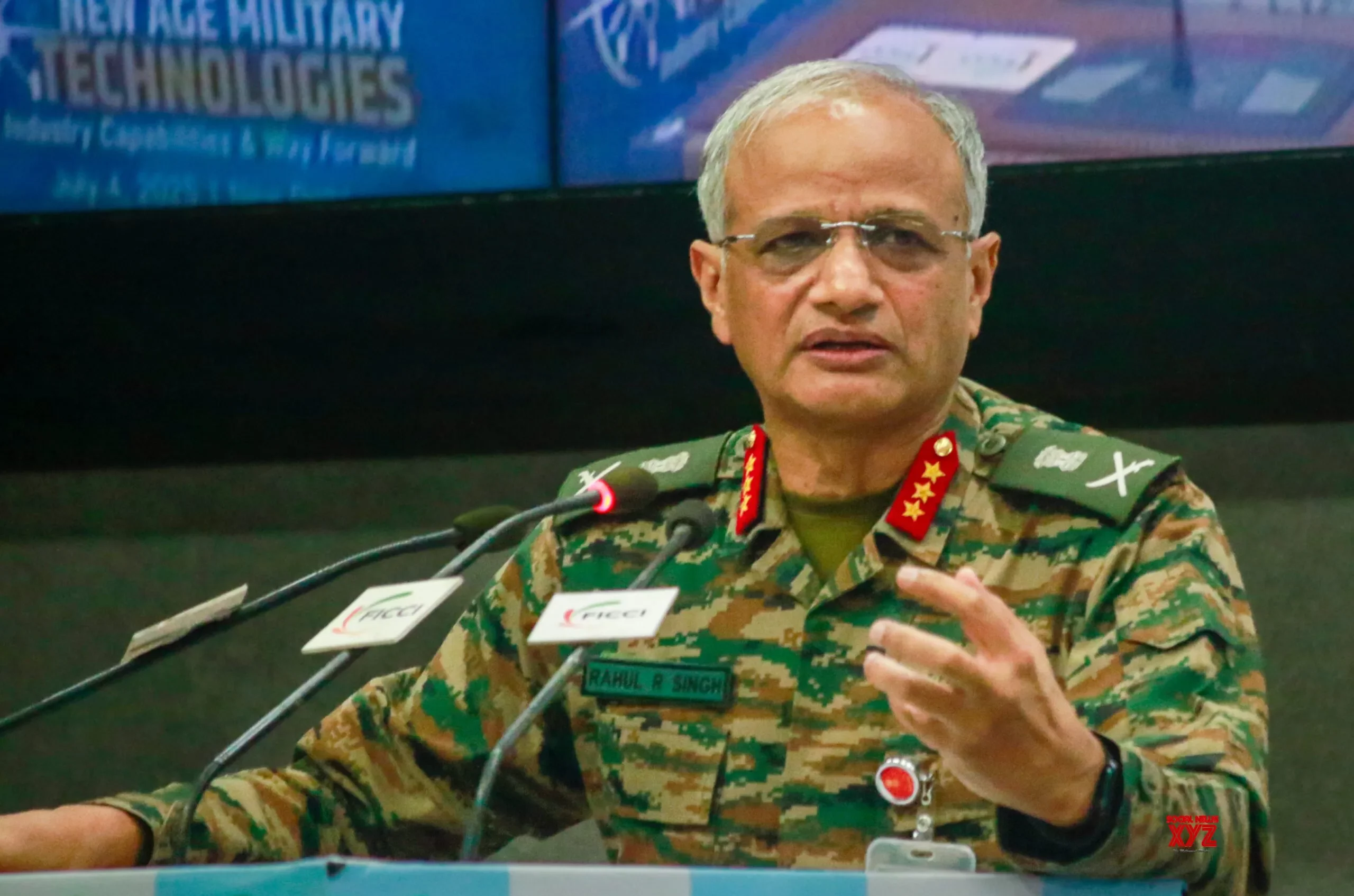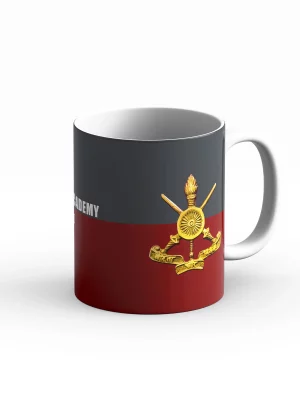In a sharp assessment of the recent cross-border conflict with Pakistan, the Indian Army has revealed that Operation Sindoor was not merely a bilateral military response, but a confrontation involving multiple adversaries. According to Lt Gen Rahul R Singh, Deputy Chief of Army Staff (Capability Development and Sustenance), India faced a complex tri-front challenge, with China and Turkey covertly supporting Pakistan during the escalation.
The operation was launched in retaliation for the April 22 terrorist attack in Jammu and Kashmir’s Pahalgam, which killed 26 Indian citizens. India’s swift response targeted nine terror-linked sites across Pakistan and Pakistan-occupied Kashmir (PoK), eliminating over 100 militants affiliated with groups such as Jaish-e-Mohammed, Lashkar-e-Taiba, and Hizbul Mujahideen.
Lt Gen Singh revealed that a total of 21 targets were identified using a blend of human intelligence and advanced surveillance technologies. “Out of these, nine were selected for precision engagement. This decision was taken at the very last hour to maintain operational secrecy,” he said, adding that the Indian leadership’s messaging during the operation was clear and firm—there would be no tolerance for cross-border terrorism.
Highlighting the deeper geopolitical undercurrents of the operation, Lt Gen Singh said, “We had one border and two adversaries, actually three. Pakistan was in front. China was providing all possible support. 81 percent of Pakistan’s military hardware is Chinese. China is able to test its weapons in real-time, using Pakistan as a live lab.”
According to data from the Stockholm International Peace Research Institute (SIPRI), China has sold $8.2 billion worth of arms to Pakistan since 2015. From 2020 to 2024, nearly 63 percent of China’s global arms exports were directed to Pakistan, making it Beijing’s largest defense client. These exports include the JF-17 Thunder, the J-10C multirole fighter, and the soon-to-be-inducted Shenyang J-35 fifth-generation stealth fighters.
Lt Gen Singh also pointed to Turkey’s role, stating that Ankara had offered tactical and strategic support to Islamabad during the conflict. He added that during Director General of Military Operations (DGMO)-level talks between India and Pakistan, Pakistan was receiving live updates from China, exposing the extent of Beijing’s real-time intelligence sharing.
The situation has reignited discussions within Indian military circles about the urgent need for a more robust and integrated air defence system. “We need to address our vulnerabilities and be ready for multidomain threats. This conflict has proven we are no longer dealing with isolated state actors but with well-coordinated military partnerships,” Lt Gen Singh said.
A recent 2025 report by the US Defence Intelligence Agency (DIA) echoes similar concerns, noting that India now regards China as its primary strategic adversary, with Pakistan positioned as an ancillary challenge. Operation Sindoor, while tactically limited in duration, may have marked a strategic inflection point in India’s defence posture toward a complex and interconnected threat environment.













